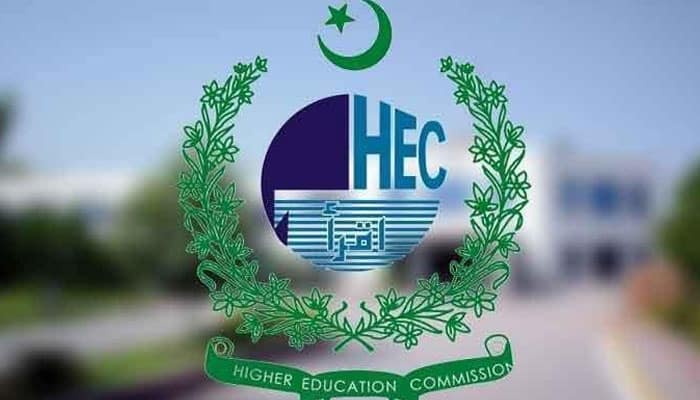
KARACHI: In a shocking revelation, Pakistan’s Ministry of Education has revealed the presence of 145 illegal educational institutions operating across the country.
The report, compiled by the Higher Education Commission (HEC), was presented in the National Assembly, highlighting the widespread problem of unrecognized universities and colleges not meeting educational standards.
According to official data, Punjab tops the list with 94 illegal educational institutions, followed by Sindh with 34, Khyber Pakhtunkhwa with 11, and Azad Kashmir and Islamabad with two each.
These institutions do not meet the HEC’s accreditation criteria, raising concerns about the legitimacy of the degrees they issue.
The HEC has initiated strict action against these unauthorized institutions, including issuing warning notices and banning admissions.
Efforts are underway to shut down these institutions, with the commission publishing a detailed list of illegal educational institutions in Pakistan on its official website.
HEC officials have urged students and parents to verify the accreditation status of universities before taking admission.
Degrees obtained from fake colleges and universities will not be recognized, which could potentially jeopardize the academic and professional future of students.
For more details, you can see the official list of illegal educational institutions in Pakistan on the HEC website.
Earlier, the Sindh government unveiled a series of key reforms to modernize the province’s education system through digital transformation.
As part of efforts to enhance transparency and autonomy, the government introduced a facial recognition-based digital attendance system for both teachers and students in educational institutions, replacing the traditional manual methods.
The move marks a significant step towards digital reforms in education, streamlining administrative processes while ensuring accurate record-keeping.
Furthermore, in another move to strengthen school management and improve overall performance, the government decided to allocate individual budgets for each school, ensuring better financial autonomy and resource allocation.






